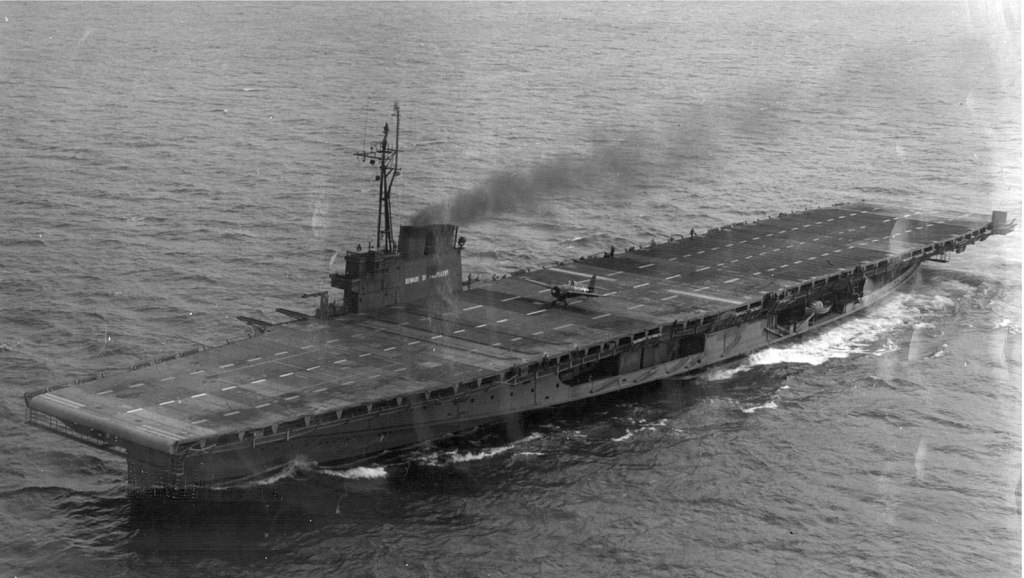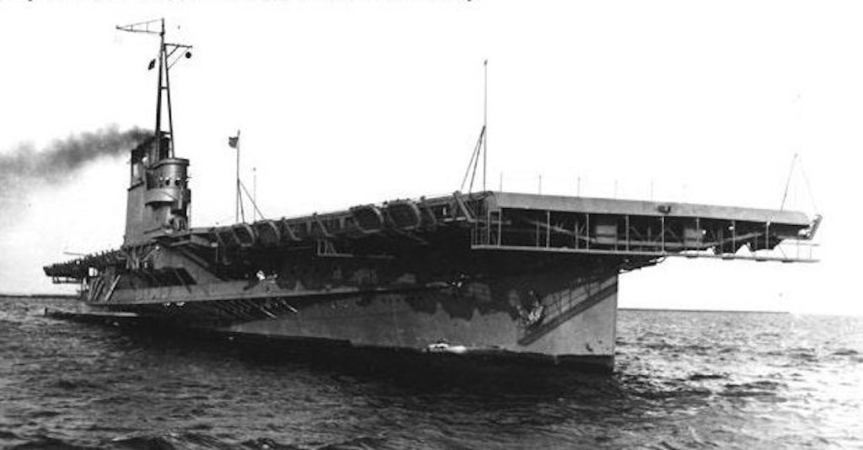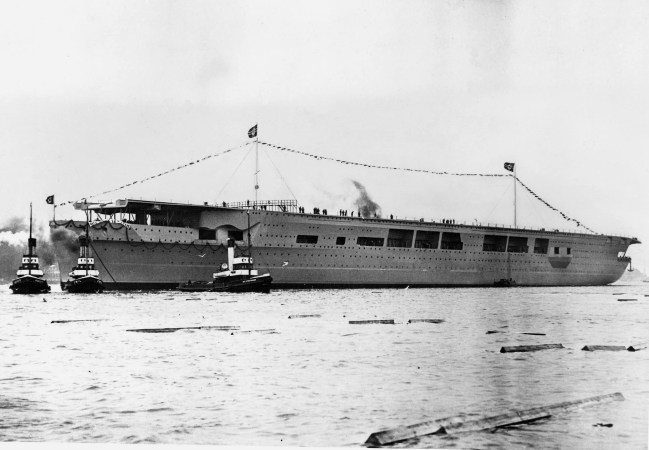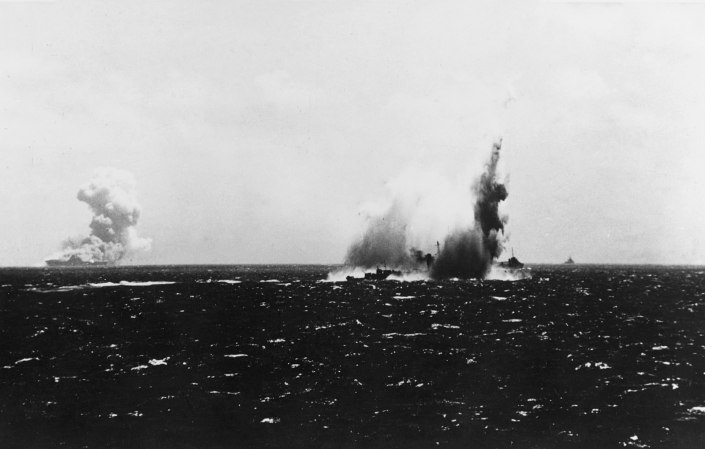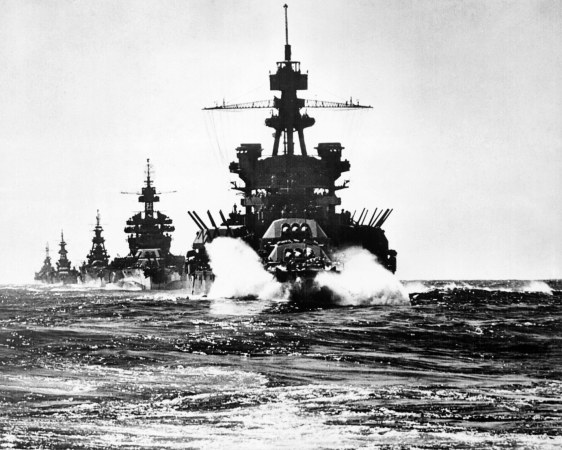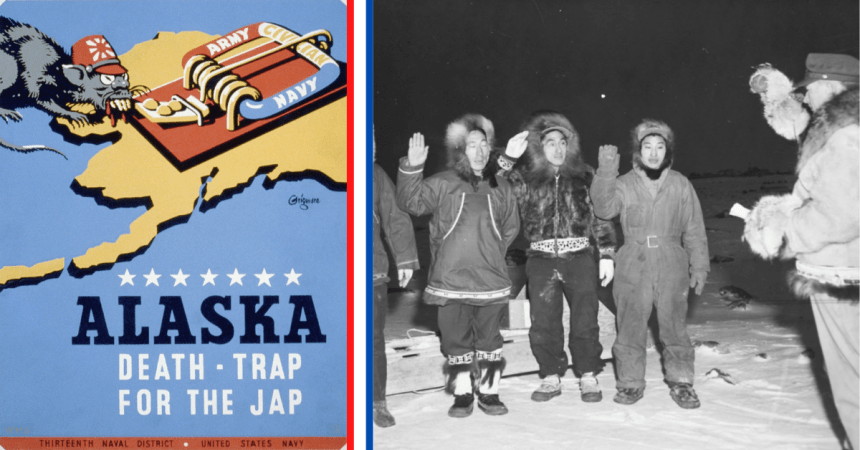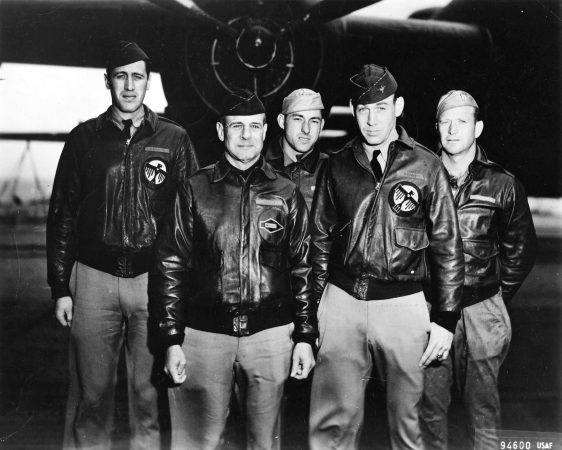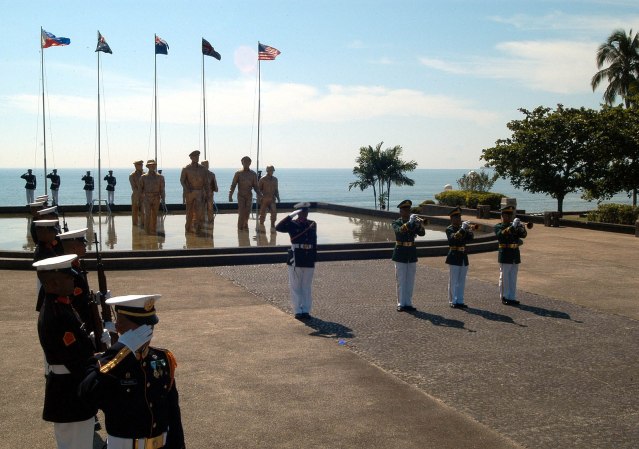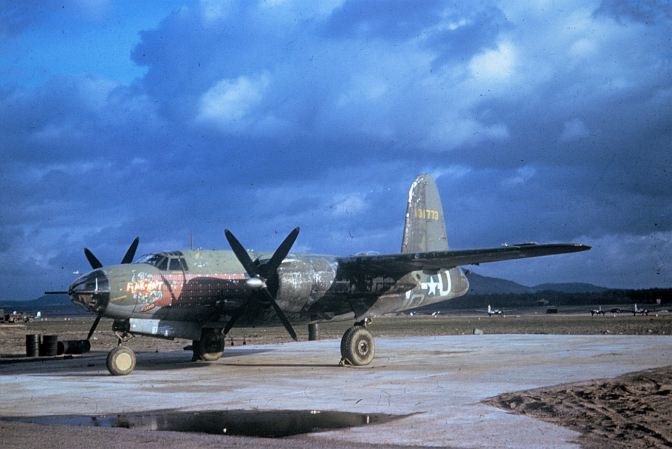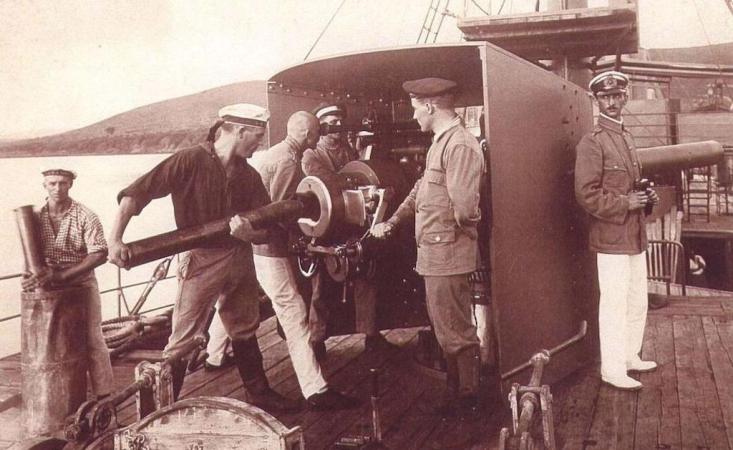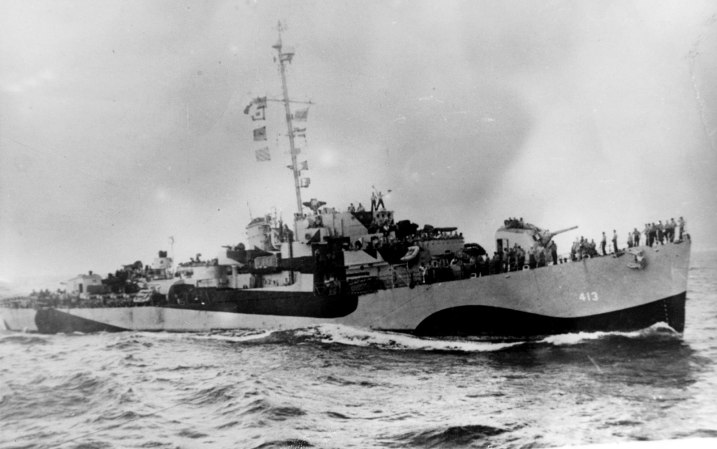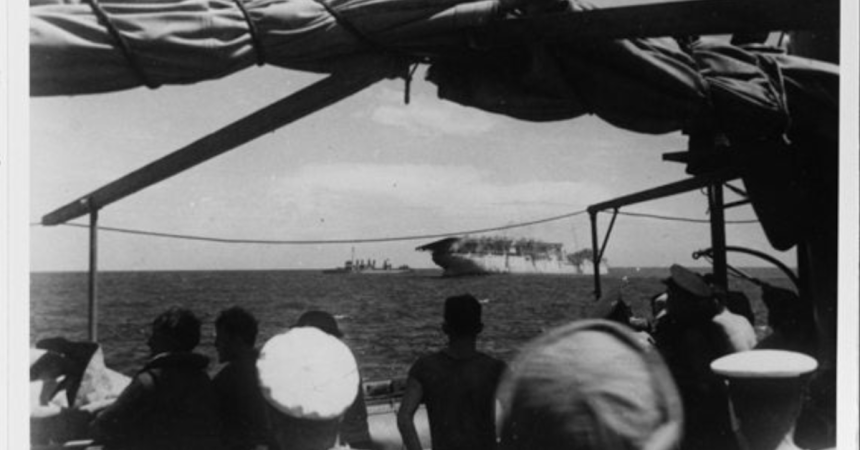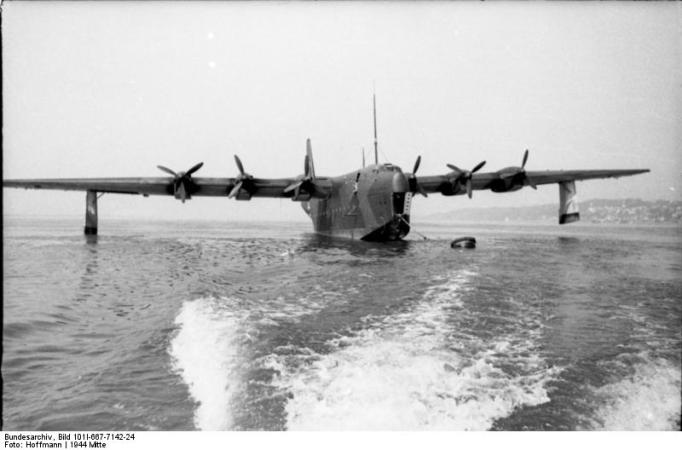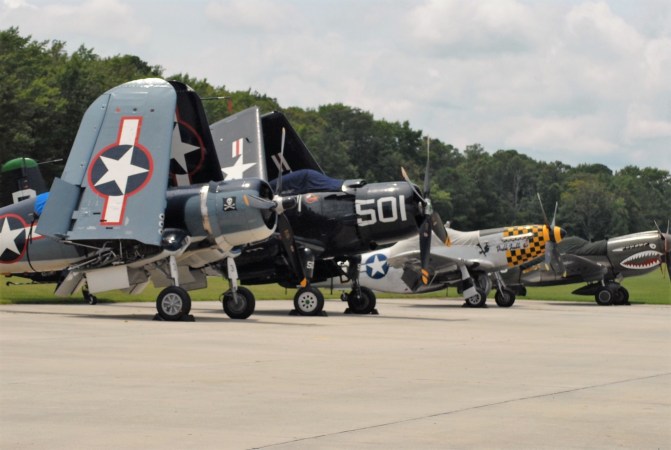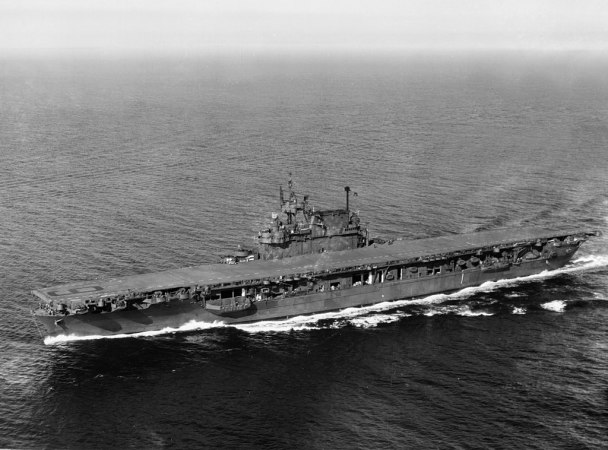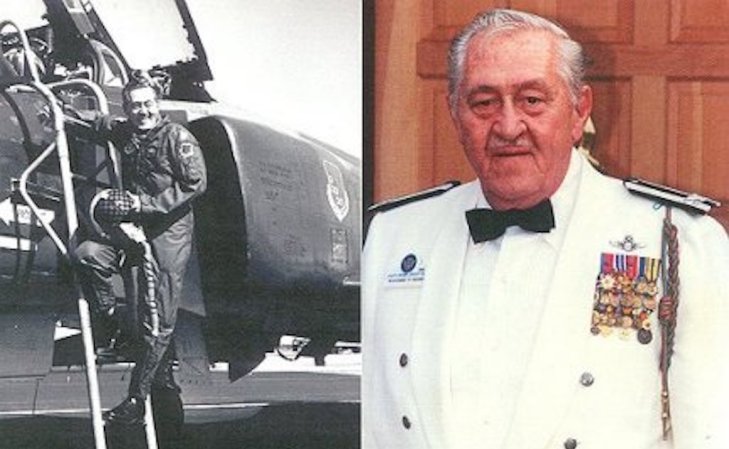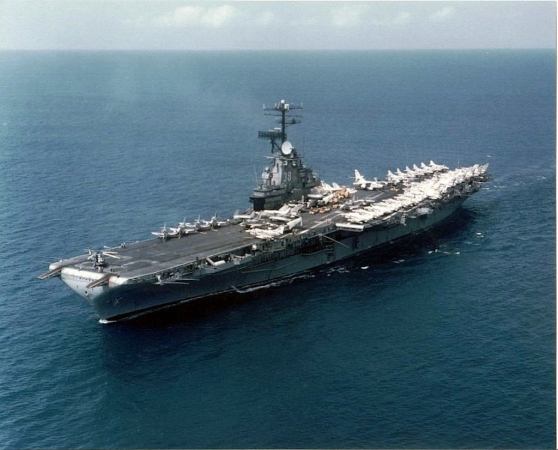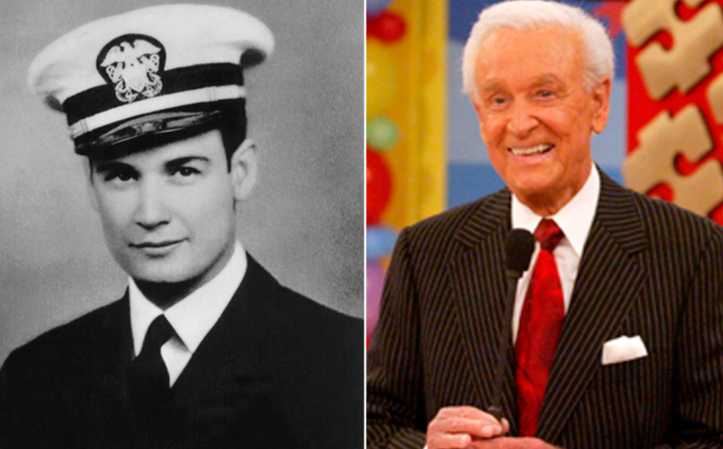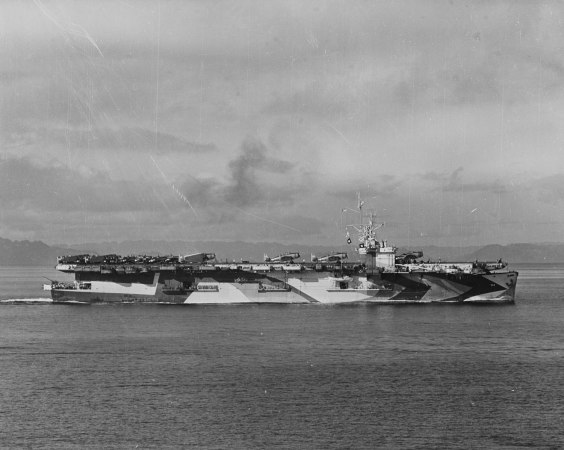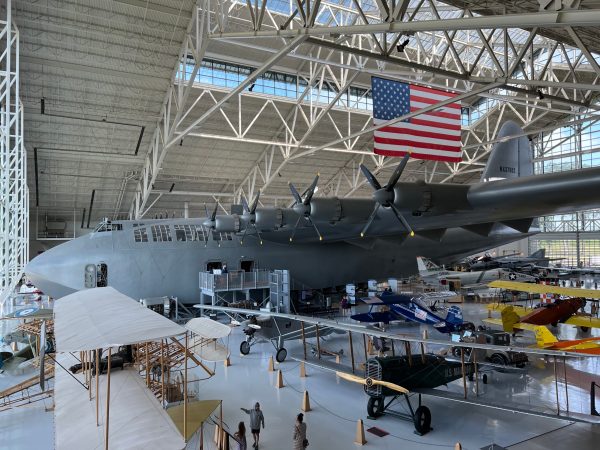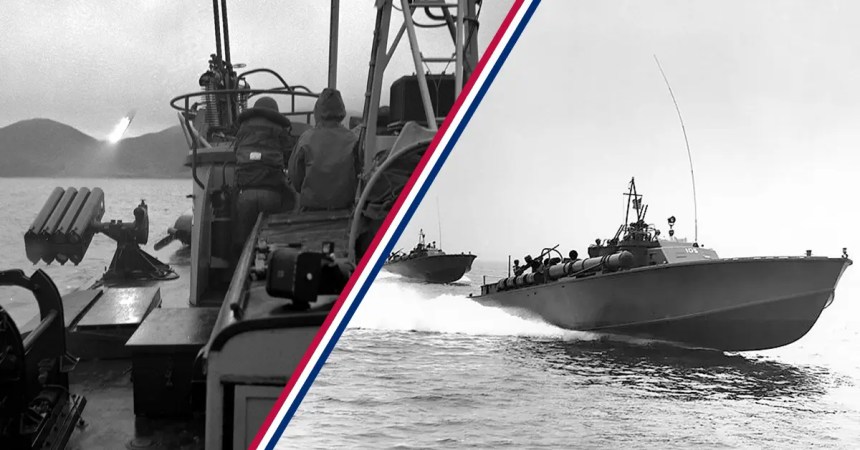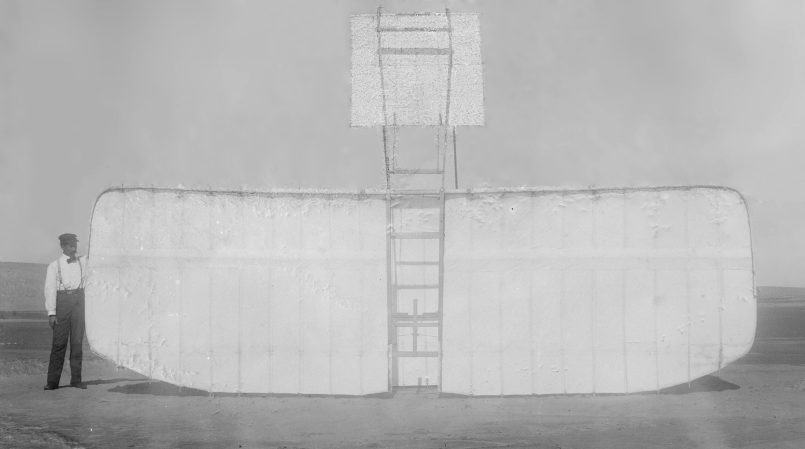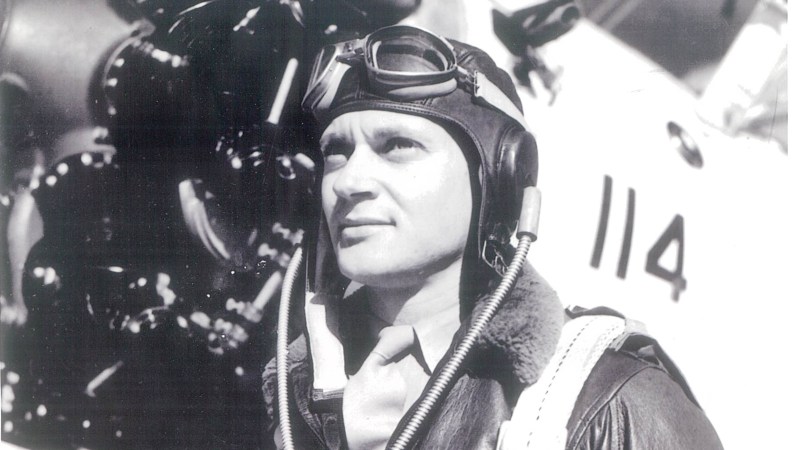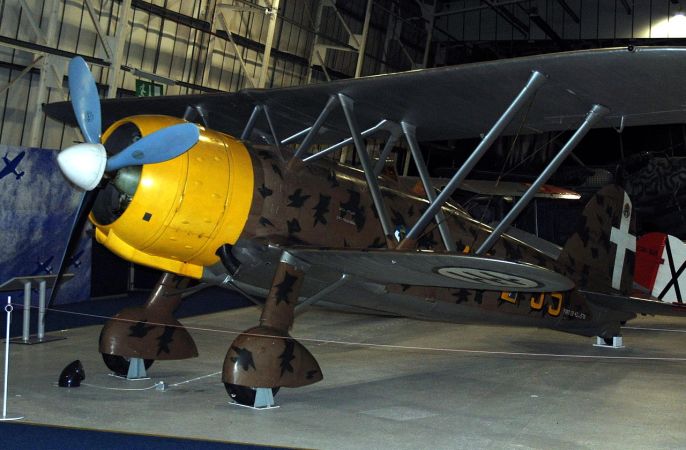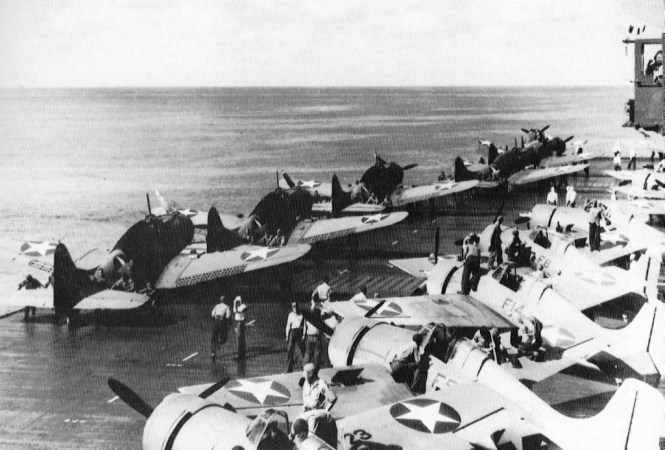When the United States entered World War II after the attack on Pearl Harbor, Hawaii, in December 1941, all military services needed to slam their training into high gear. For the U.S. Navy, there was a real quandary of where to conduct sea-going training with real and perceived enemy threats on both the Atlantic and Pacific Coasts. Later in December 1941, a Japanese submarine surfaced off the coast of Santa Barbara, California, and shelled an oil storage facility with its deck gun. In the Atlantic and Gulf of Mexico, German Navy U-boats were sinking U.S. and British merchant ships at will, often within sight of American civilians on shore.
The answer to the Navy’s training dilemma came from one of America’s greatest national resources: the Great Lakes in the northern Midwest of the United States, along the border with Canada. To provide a safe location for efficient naval training operations, two ad hoc training aircraft carriers were constructed and operated on the Great Lakes, part of what was jokingly called the “Cornbelt Fleet.’
The U.S.S. Wolverine (IX-64) was the first of the ad hoc aircraft carriers. The ship started its maritime life in 1913 as the paddle-wheel steamer Seeandbee, a Lake Erie luxury cruise liner. The coal-fired ship was capable of carrying 1,500 passengers on its Buffalo, New York to Cleveland, Ohio run, in five hundred private cabins, a saloon, and a large formal dining hall, complete with an orchestra providing music during meals.
After the ship was purchased by the Navy, it only took four months to convert the liner into a training aircraft carrier with a 500-foot wooden landing deck. Since the ship did not need to be combat capable and was not intended to make long open sea voyages, much of the equipment needed for those functions, and otherwise necessary redundant systems, could be dispensed with. The new Navy ship was placed in commission in August 1942 and immediately began training fliers and carrier deck crews for the combat fleet.
In 1943, another Lake Erie paddle-wheel liner, the Greater Buffalo, was similarly converted, but with a steel flight deck, for service as a second training carrier, the U.S.S. Sable (IX-81). The two “freshwater flattops” carriers of the Cornbelt fleet operated primarily on Lake Michigan. While safe from lurking Japanese or Nazi submarines, the calmer weather and “sea” conditions presented some problems for flight training. For both takeoff and landing, most carrier-based aircraft needed some stiff wind beneath their wings, which comes from both the forward motion of the ship and sea breezes blowing down the flight deck once the ship turns into the wind for flight activities. Often what would otherwise be considered calm good weather meant no flight operations could take place, occasionally for days at a time.

Nearly 18,000 fliers conducted more than 116,000 landings and take-offs on the two vessels between 1943 and 1945. During that period, approximately three hundred planes were lost. Several have been salvaged over the years for restoration and museum display. One of the naval aviators that became qualified on a Great Lakes carrier was future president George H.W. Bush, who went on to fly 58 combat missions in the Pacific in a TBM Avenger torpedo bomber.
The two Great Lakes carriers helped qualify Naval aviators as Landing Signals Officers (LSOs), who stood on the carrier deck with various forms of paddles to visually guide their fellow aviators to either a safe landing or a “wave off” to go around for another landing attempt. While Naval aviators and LSOs are the “tip of the spear” when it comes to carrier flight operations, it also takes hundreds of specially trained sailors to operate the busy, chaotic flight deck. These are the sailors seen wearing different distinctive colored shirts and during the World War II era, caps that reflected their specific duties on the carriers.
Yellow- Aircraft handling officer, Catapult and arresting gear officer, Plane director – responsible for all movement of all aircraft on the flight/hangar deck
Green- Catapult and arresting gear crew, Visual landing aid electrician, Air wing maintainer, Air wing quality controller, Cargo-handler, Ground support equipment (GSE) troubleshooter, Hook runner, Photographer’s mate
Red- Ordnance handler, Crash and salvage crew, Explosive ordnance disposal (EOD), Firefighter, and damage control party
Purple- Aviation fuel handler
Young sailors entering these fields in World War II needed a live, operating carrier deck to receive the realistic training to become qualified and immediately effective when they got to the combat fleets sailing in harm’s way.
Both ships ceased operations when the war ended in 1945 and were soon decommissioned. Unsuccessful attempts were made to turn the Sable into a museum, and both ships were eventually scrapped.


